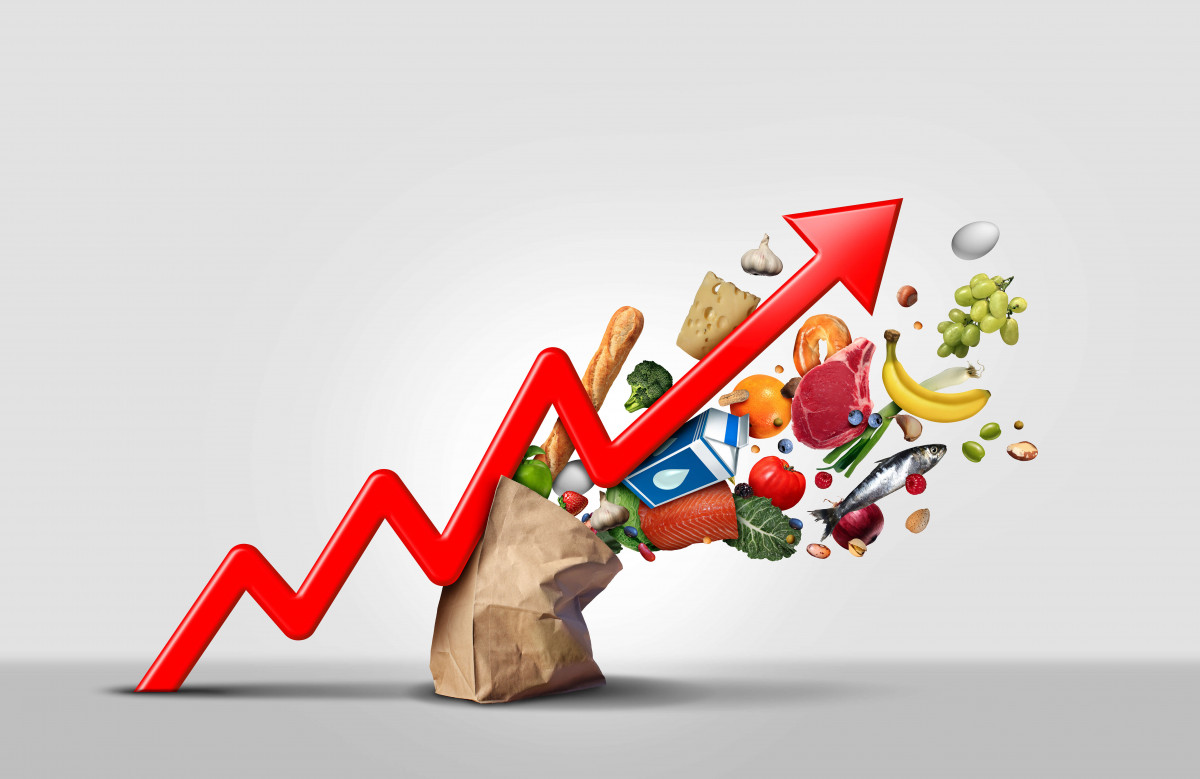(Photo courtesy of Check City) “Visual Representation of Economic Inflation”
Steven O’Hara
Connector Editor
In an official report published by the U.S. Department of Labor on Feb. 13, 2024 reports annual inflation rates in the United States of 3.1%. Compared to that of the previous rate of 3.4%, the U.S. economy has experienced a decrease in inflation since the last yearly calculation. This decrease since the fiscal year of 2023 assumes that consumer prices should decrease as well and consumer goods will become cheaper. However, for many Americans this drop in price seems harder to feel.
Dr. Brendan Epstein, a professor of economics at UMass Lowell, explains more about why this decrease in inflation doesn’t seem to reflect prices, saying, “It’s important to keep in mind that this inflation measure should be interpreted as an ’average’ measure of price changes, with the prices of many goods increasing by more than 3.1 percent and the prices of others increasing by less than this amount. Inflation is the rate of change of prices. Therefore ‘slowing’ inflation does not mean that prices are going down. It just means that prices continue to increase, but they increase at a slower pace than they had been increasing beforehand.”
Although most goods don’t tend to experience a decrease in price, there are some items that may be getting cheaper in the future. For example, energy and certain food items are two outliers in the general progression of inflation. According to Dr. Epstein, “In the case of energy, for example, since oil production can vary considerably, then ups and downs in oil supply generally translate to changes in the price of gas. Regarding food, the prices that may generally go down after having risen are pretty much restricted to the prices of produce. For instance, a draught may push the price of oranges up, but a good crop will push the price down. However, on average, once the price of non-produce food items, including the price of many basic food items, rise, they do not tend to go down.”
For other consumer goods in the market, it should be expected to not see a drop in prices. The prices of most goods are here to stay and will continue to increase. This includes the increasing prices of the housing market, which has been steadily increasing for years to exuberant amounts. For perspective, the median value of homes in the United States during the 1940’s was around $30,000, which has increased to the median being around $120,000 in 2000 according to the United States Census Bureau.
Inflation is not only tracked yearly, monthly inflation data is just as important. Cumulative inflation, the decline in purchasing power of the dollar, is also necessary in understanding how prices will continue to increase. Dr. Epstein provides an example of this, saying, “while inflation in January, 2024 was 3.1 percent, cumulative price increases since inflation started rising in 2021 are much higher. For instance, in January 2024 you needed $117.90 to purchase the same amount of goods and services that you would have been able to purchase with $100 in January 2021: that’s nearly an 18 percent cumulative increase in prices.”
Many Americans may find this ever-increasing inflation rate to be concerning. However, the U.S. government has systems in place to try and remediate the economy. Dr. Epstein says, “The U.S. central bank, the Federal Reserve, has a long-term inflation target of 2 percent. The Fed has taken aggressive measures to bring inflation down and is committed to hitting the 2-percent target.”
The growth of inflation is a natural phenomenon in the U.S. economy. The times at which the growth is concerning is if it increases too rapidly. However, the fact that the inflation rate dropped to 3.1% is a good sign. “[A]s things stand, we should not be concerned that inflation would start picking up again and, much less so, that inflation would start rising as rapidly as it did starting in 2021.”




